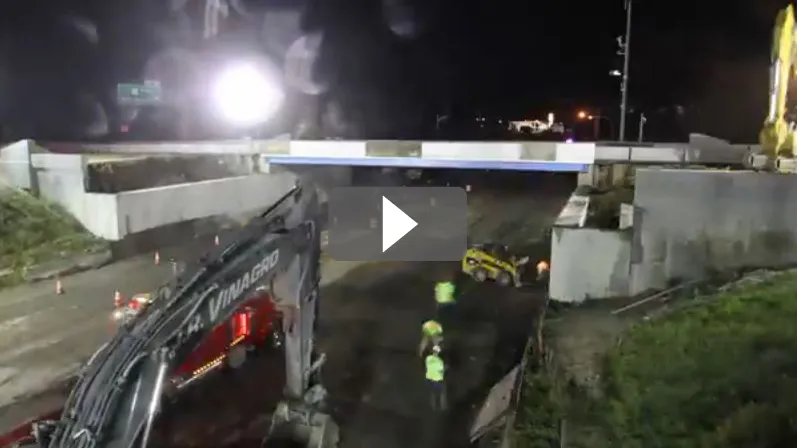Traffic accidents in the UK capital London have declined 40% since the introduction of a congestion charge in 2003, according to a new study. The number of accidents per million miles driven in the congestion zone fell to 2.6 accidents per million miles from an average of 12.4 before the introduction of the charge. Researchers at Lancaster University also found a similar fall in the number of people seriously injured or killed. As well, accident rates fell in adjacent areas as a result of fewer motorists dr
March 9, 2015
Read time: 2 mins
Traffic accidents in the UK capital London have declined 40% since the introduction of a congestion charge in 2003, according to a new study.
The number of accidents per million miles driven in the congestion zone fell to 2.6 accidents per million miles from an average of 12.4 before the introduction of the charge.
Researchers at Lancaster University also found a similar fall in the number of people seriously injured or killed.
As well, accident rates fell in adjacent areas as a result of fewer motorists driving through them to reach the congestion charge zone, according to the study.
City officials introduced the congestion charge at €7 and twice increased it, to €11 and then €16, in an effort to reduce non-essential traffic in the city centre. But the charge is in effect only between 07:00 and 18:00 Monday to Friday. It is not charged on weekends, public holidays or between %$Linker:2 External <?xml version="1.0" encoding="utf-16"?><dictionary /> 0 0 0 oLinkExternal Christmas Day Christmas Day Wiki false http://en.wikipedia.org/wiki/Christmas false false %> in December and %$Linker: 2 External <?xml version="1.0" encoding="utf-16"?><dictionary /> 0 0 0 oLinkExternal New Year's Day New Year's Day Wiki false http://en.wikipedia.org/wiki/New_Year%27s_Day false false %>, 1 January.
A 2007 report by the city’s2387 Transport for London estimated that the charge had led to a small reduction in road traffic casualties. Cars and motorcycles saw the biggest reduction in accidents, but bicyclists saw a slight increase, which the authors of the report suggested may have reflected their increased numbers.
The scheme uses purpose-built %$Linker:2 External <?xml version="1.0" encoding="utf-16"?><dictionary /> 0 0 0 oLinkExternal automatic number plate recognition Automatic Number Plate Recognition (ANPR) Wiki false http://en.wikipedia.org/wiki/Automatic_number_plate_recognition false false %> (ANPR) cameras, manufactured by UK-based 202 PIPs Technology, part of the 3M Group. The cameras record vehicles entering and exiting the zone and can record number plates with a 90% accuracy.
The number of accidents per million miles driven in the congestion zone fell to 2.6 accidents per million miles from an average of 12.4 before the introduction of the charge.
Researchers at Lancaster University also found a similar fall in the number of people seriously injured or killed.
As well, accident rates fell in adjacent areas as a result of fewer motorists driving through them to reach the congestion charge zone, according to the study.
City officials introduced the congestion charge at €7 and twice increased it, to €11 and then €16, in an effort to reduce non-essential traffic in the city centre. But the charge is in effect only between 07:00 and 18:00 Monday to Friday. It is not charged on weekends, public holidays or between %$Linker:
A 2007 report by the city’s
The scheme uses purpose-built %$Linker:







